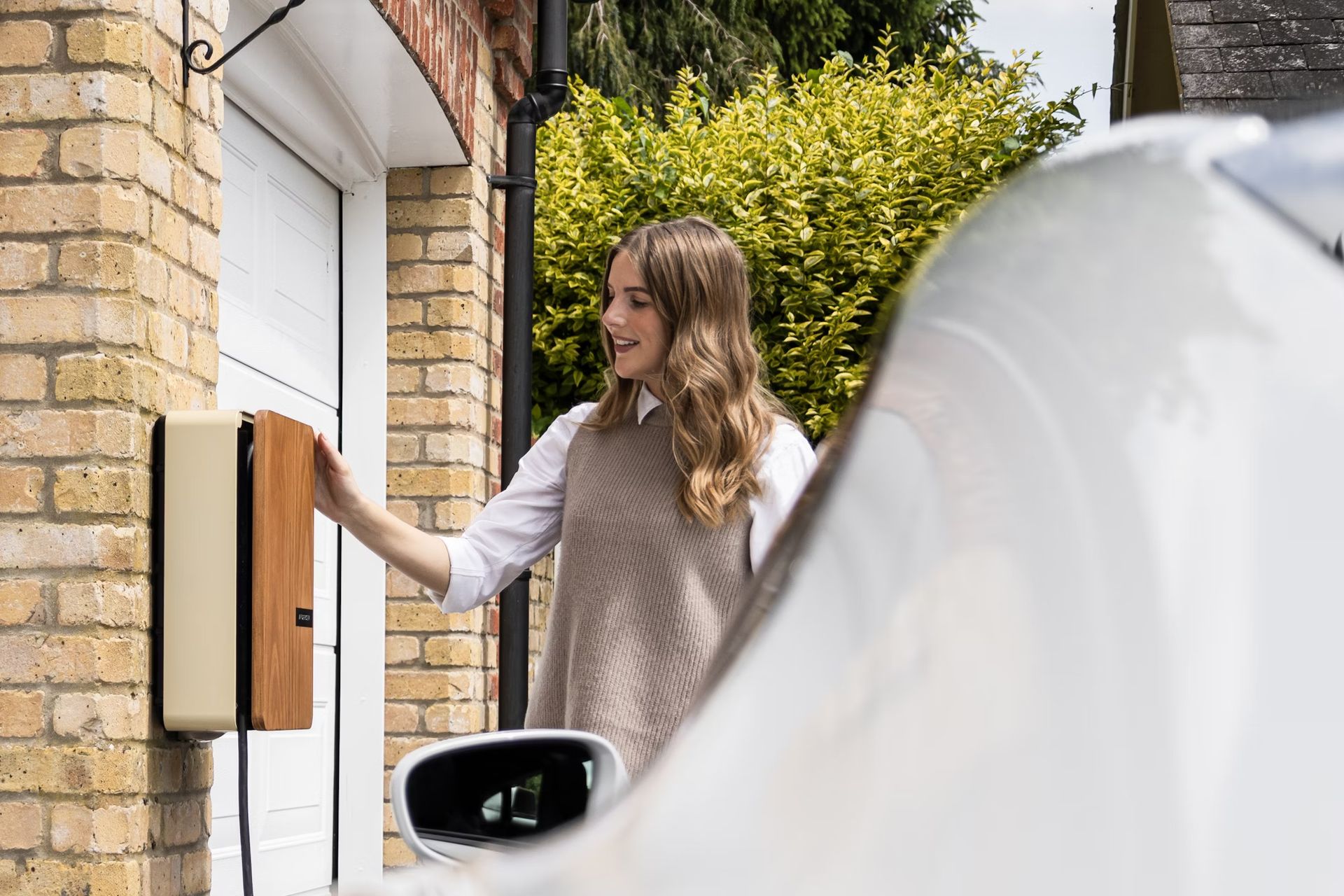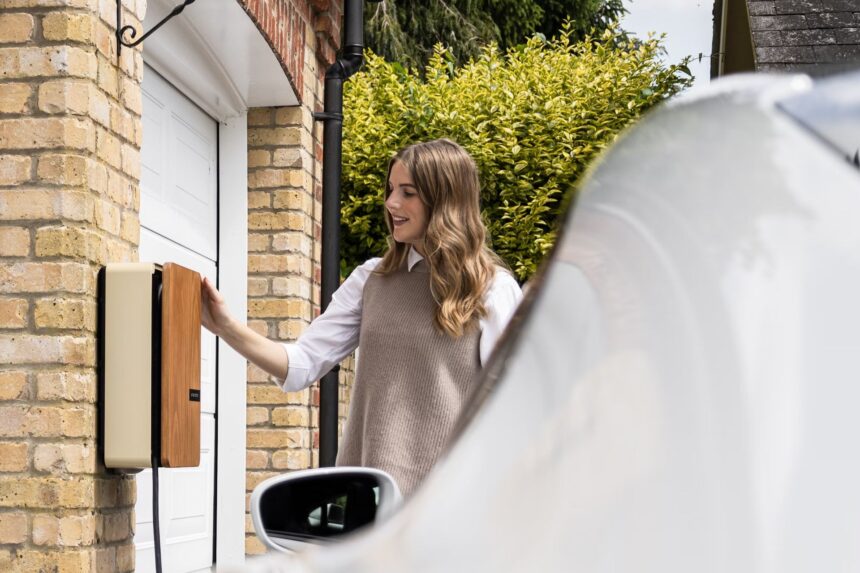
Modern technologies provide many opportunities for a better life. Smart houses, which until recently seemed like a fantasy, are now actively entering people’s lives. This area of innovation is developing rapidly, and the primary trend is the transition from simple control of devices to comprehensive prediction of the needs of residents. Tools like home automation design software play a crucial role in shaping these advancements, enabling efficient planning and integrating smart home systems. The article will describe how smart homes are developing, the technologies that drive their development, and what to expect in the future.
What is a smart home?
Home automation is basically the connection of different devices and technologies for automated and convenient work in managing the home environment. A smart thermostat, for instance, will allow you to adjust house temperatures by tapping your smartphone even when you are continents away. Overhead lighting, alongside surveillance cameras, home appliances, and even the locks, can coordinate for comfort and security all in one action. Below are the main working areas of smart homes:
- Automation of household processes (heating, lighting, ventilation).
- Security systems: smart locks, cameras, motion sensors.
- Multimedia and voice control – with voice assistants such as Alexa or Google Assistant. Monitoring of resource consumption: water, electricity, gas.
Current status: Management and automation
Most smart homes today are scenario-based, which set predefined rules as actions. For example, the user sets the lights to turn on after sunset and leaves the coffee maker to start brewing coffee at 7:00 am. It’s pretty OK; it’s good, but just the way every good thing demands a lot, so does this automation ask for something to be done from your end?
Key features:
- App Control: This home can mainly be controlled via smartphone apps.
- Integration with voice assistants: for example, you can now say, “Turn on the light” and see how it happens.
- Automated scripts: These will work according to the specified algorithm but will not consider the context or the changing environment.
Although this will be a significant improvement, the main drawback is that most actions must be configured manually.
Forecasting: the next step in development
The best promise of the smart home is predicting the needs of the user. The activities and even emotional states of those within it can be monitored with machine learning algorithms and artificial intelligence, which are enabled to analyze behaviors, daily routines, and preferences of residents. Software designed for home automation system design is instrumental in the seamless integration of such predictive features into the home environment. Such features can be extremely helpful- for one, a software solution of cellular automata-based computation that supports the modeling and optimized prediction of such behavior.. How does the forecast work?
- Data collection: The system checks, for example, when you usually wake up and how much time you spend in the kitchen or the bathroom.
- Build patterns of behavior: based on this, predictions are made about your future actions.
- Adapt to changes: If your schedule changes, the system will adjust to keep you comfortable.
For example:
- The temperature in the house automatically rises even before you wake up.
- The music you love starts when you enter the room.
- When the system registers that you are tired, it creates a soothing atmosphere – dimmed lights, a warm blanket, and a cup of tea.
Innovative technologies: The driving force of development
Innovative technologies such as artificial intelligence and IoT are driving the transformation of smart homes into innovative ecosystems of the future. Dynamic changes in conditions bring a new level of comfort, efficiency, and safety to the perception of housing.
The role of artificial intelligence and machine learning
Artificial intelligence is the basis for predictions. It can handle large volumes of data and analyze user behavior patterns, along with others, such as weather and time of day. The main benefits of AI include the following:
- Personalization: a smart home becomes a “personal assistant” that knows your habits.
- Efficiency: Thanks to prediction, the system works only when needed, saving resources.
- Security: AI detects suspicious activity and warns of a threat. Companies focusing on software development, such as Temy, are working on new solutions to integrate AI into our daily lives.
The Internet of Things (IoT) as the basis of the ecosystem
The Internet of Things (IoT) is the ability to connect different devices in a single network. This means your fridge, washing machine, security system, and garden irrigation system can now ‘talk’ to each other. Advantages of IoT:
- Ability to work as one system.
- Ability to gradually add new devices to the system.
- Real-time monitoring: Reports and alerts can be received wherever you are.
The role of ecology and sustainable development
- Smart homes and energy efficiency
The most important benefit of smart homes is their contribution to sustainable development. Of course, this is achieved by optimizing resource consumption. For example, a smart thermostat can turn off heating when no one is home. Smart homes, in turn, take renewable energy sources into account:
- Solar panels: integration with smart homes will allow you to store energy for use in the evening.
- Water Management: Leakage and Overuse Detection Sensors.
- The future: ecological autonomy
Shortly, “smart” houses will receive full autonomy — in other words, such houses will be able to provide themselves with energy, drastically reducing their dependence on external resources.
Challenges of the future
- Protection of personal data
Creating smart homes raises the question of privacy. This is because some of these systems collect a large amount of information about residents, so it is necessary to protect such information.
Key risks include:
Hacking: systems can be compromised, and physical security and privacy can be compromised.
Data misuse: Companies can use collected data for their benefit.
- Availability of technology:
The high cost of intelligent systems is another barrier to mass deployment. It is necessary to reduce their price and rental schemes or subsidies for their provision.
Smart houses of the future
Smart houses of the future will merge modern technologies, ecological improvements, and quality living. The sector continues to innovate with such products as app management and highly advanced predictive algorithms. Companies like Temy will define that future with new solutions for more accessible and secure lives. Smart homes are no longer in vogue but are part of our lives. This is what lies ahead in the next few decades. They let you conserve resources and create comfort: safety is attained. However, data security and general ease of access must be addressed before it gains momentum. Design tools for smart home automation systems for smart home automation systems will play an integral part in squaring these technologies toward accessibility. Something interesting is coming in the future, and it is the future!






